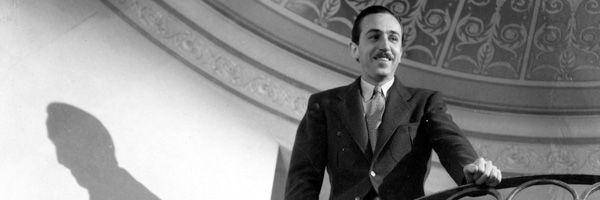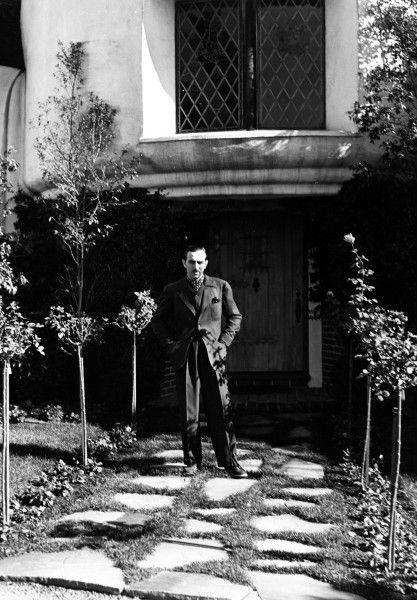Earlier in September, Collider was invited to participate in a long-lead press day for both the Maleficent Blu-ray (available on November 4th) and the Diamond Edition Blu-ray of the animated classic Sleeping Beauty (available on October 7th). Not only did we get to view a progression of how the artwork and animation of Sleeping Beauty developed, and were able to get insight from Animation Research Library representative Doug Engalla, we also learned about what it took to finally get Maleficent on the big screen, from executive producer Don Hahn. While we will run what each of them had to say, closer to the release dates of each Blu-ray, we did want to share the coolest part of the experience, which was to spend time in and tour the house that Walt Disney had built in 1932. Hit the jump to learn more about the property and the time he spent in it, and you can check out some photos, both from the time that he lived there with his family and how it looks now.
Aspiring filmmaker Walt Disney made his way from Kansas City to Hollywood in 1923. Once there, he and his brother, Roy, launched Disney Bros. Studio out of a small storefront in Downtown Los Angeles, and then built a new studio on Hyperion Avenue in the Silver Lake District, as the company expanded. It was there that an inker named Lillian Bounds was hired and soon caught Walt’s eye, marrying him in 1925. And once Lilly became pregnant in 1932, Walt designed his future family home on a five-acre piece of property on Woking Way in Los Feliz, where the Disney family lived until 1950. Being inside the home, knowing that there were so many special family moments, along with hours of artistic creativity spent developing a variety of different projects, you can feel a bit of that Disney magic.
Here are some of the highlights I gleaned about the house from my visit, followed by a gallery of images of the home both old and new:
- Walt Disney designed the home with architect Frank Crowhurst, who worked on a tower addition to the Hyperion Studio.
- The $50,000 12-room home combines elements of Tudor and French Normandy styles and includes four bedrooms, four-and-a-half baths, a screening room, a gym room with sleeping porch, and a pool and pool house, among other details.
- The house was built in two months and was constructed by a crew largely composed of out-of-work, Depression-era workers.
- The building was rushed in order to be ready for the birth of Walt and Lillian’s first child, but she tragically miscarried. They went on to have Diane in 1933, and adopt Sharon in 1936.
- The family would gather in the screening room to watch movies and dailies from the studio.
- While living at the home, Walt Disney’s career included the release of Three Little Pigs (1933), Snow White and the Seven Dwarfs (1937), Pinocchio (1940), Fantasia (1940), Dumbo (1941), Bambi (1942), Seal Island (1948), Cinderella (1950), and the studio’s first live-action release, Treasure Island (1950). While Pinocchio, Bambi and Fantasia were box office bombs, Dumbo and Cinderella both had success at the box office.
- After spending his money building a studio on Buena Vista in Burbank, Walt was out of money, and the government hired him to do training films were never seen, but got him through the war years.
- In 1950, when Diane was 17 and Sharon was 13, the family moved to a new home in Holmby Hills, which has since been torn down.
- Although Sleeping Beauty was not released until 1959, the genesis of the film, and of the character of Maleficent, happened in the Woking Way house.
- The home that was originally designed by Walt Disney is now owned by Russian filmmaker Timur Bekmambetov (Abraham Lincoln: Vampire Hunter, Wanted). Even though none of the original Disney furniture remains in the home, the new owner is committed to preserving the memory and feel of the era in which it was built. The walls now showcase original Disney Studios artwork and historic photos of Walt Disney at home and at work.


